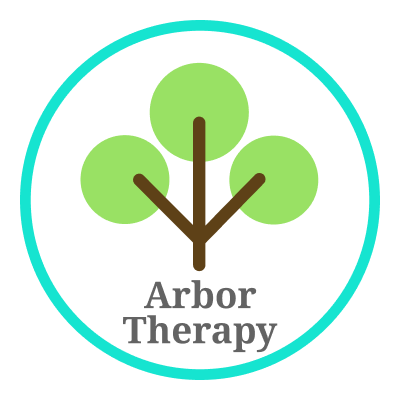Cerebellar Ataxia
Cerebellar Ataxia
By Sara Murphy, Doctor of Occupational Therapy
The cerebellum is the part of the brain tucked underneath the back of the cerebral hemispheres. It plays a crucial role in the motor control of the body. The cerebellum does not initiate movement, but contributes to coordination, precision and accurate timing. Damage to the cerebellum can result in decreased balance and coordination, oculomotor (eye muscle) control and cognition, and it can result in ataxia. Symptoms can include over- or undershooting while looking at an object, eye lag while watching moving targets and involuntary movement of the eyes; it can also cause over- or undershooting limb movements, tremors, poor coordination of multi-joint movements, slowness of rapidly alternating movements, increased sway when sitting or standing, instability during intentional movements and a wider gait pattern while walking.
Diagnosis
Cerebellum damage is diagnosed through clinical observation of neurological soft signs, neurological imaging and genetic testing. Soft signs may include involuntary movements, sensory-perception difficulties and difficultly with imitation, motor sequences and organized behavior. Neuroimaging studies have found variations of gray- and white matter volume and density and unusual patterns of blood flow in the brain. Clinical tests of finger-to-finger, finger-to-nose, rapid alternating hand movements, heel-to-knee movements and gait patterns are used to observe coordination. A multi-disciplinary team will observe a person’s attention, behavior and social-emotional regulation, sensory and motor functions, communication and cognition.
Occupational Therapist’s role in treatment
Occupational therapists work with patients to develop postural control and motor planning, balance and gait training as well as self-care techniques and social participation.
Recent research suggests there are benefits to using virtual reality, biofeedback and treadmill exercises to address deficits in vision and movement. However, balance and coordination activities, such as intensive training in static and dynamic balance, whole-body movements for coordination, compensatory strategies to prevent falls, stretching to prevent contractures and exergaming are commonly used in therapy.
Sensory-based training needs to be intense – three hours for four weeks, plus a maintenance program of an hour a day, or a patient’s body will revert to previous limitations within six months. A training program needs to be individualized and motivating, with activities such as video gaming, rock climbing or hippotherapy (horseback riding). Exercises, which should include balance activities, are most successful when incorporated with a child’s interests, such as dancing, swimming, yoga or ball play, in order to gain overall health benefits and quality of life. Occupational therapists can encourage families to join ataxia-related support groups for social support and advocacy efforts.
Concerns with your child
If you have any concerns about whether your child is experiencing cerebellar ataxia, please consult with your pediatrician. They can prescribe having an evaluation with an Arbor Therapy occupational therapist.
References
Marsden, J. (2018). Cerebellar ataxia. Handbook of Clinical Neurology, 159, 261-281.
McConville, M., & O’Shea, S. (2016). Addressing Ataxia Among Children with Cerebellar Disorders.
Salman, M. S. (2018). Epidemiology of cerebellar diseases and therapeutic approaches. The Cerebellum, 17(1), 4-11.
Stallings-Sahler, S., Reinoso, G., & Frauwirth, S. (September, 2019). Neurodevelopmental soft signs: implications for sensory processing and praxis assessment. Retrieved from www.aota.org

